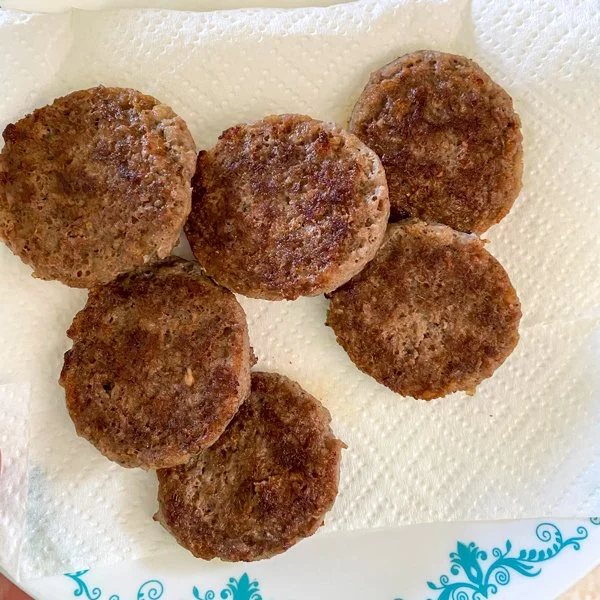HOW TO: Par-cooked Shredded Potatoes
Looking for a substitute for frozen shredded potatoes? This is it.
Cinnamon Swirl Bread
The technique of creating a twist results in a very cohesive loaf with slices that stay intact
HOW TO: Skillet Rib Steak
All the deliciousness natural to a rib steak, enhanced by a dash of garlic and seasoned salt
HOW TO: Zest & Juice Citrus Fruits
Brenda’s tips for the easiest way to zest and juice citrus fruits!
HOW TO: Select a Ripe Avocado
Please stop squeezing avocados, simply brush or flick the stem instead. We’ll show you how!
HOW TO: Cook & Peel Boiled Eggs
Learn how to use a spoon to easily peel soft or hard boiled eggs.
HOW TO: Flash-Freeze Fresh Berries
Learn how to flash-freeze summer berries to enjoy them all year long!
HOW TO: Bake Cakes & Cake-like Goods at Different Elevations
If you live more than 3k above sea-level, review this high-elevation adjustment chart to adjust the recipe for altitude impacts.
HOW TO: Julienne Carrots
Julia Davidson, of America’s Test Kitchen and Cooks Country, recently shared this technique for Julienne Carrots. Brenda was amazed at its ease and wants to share it with you.

















